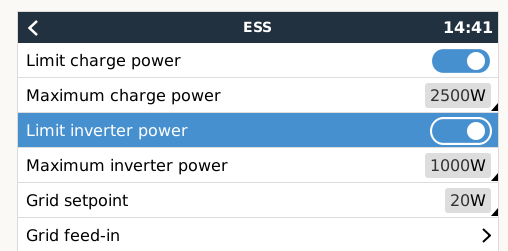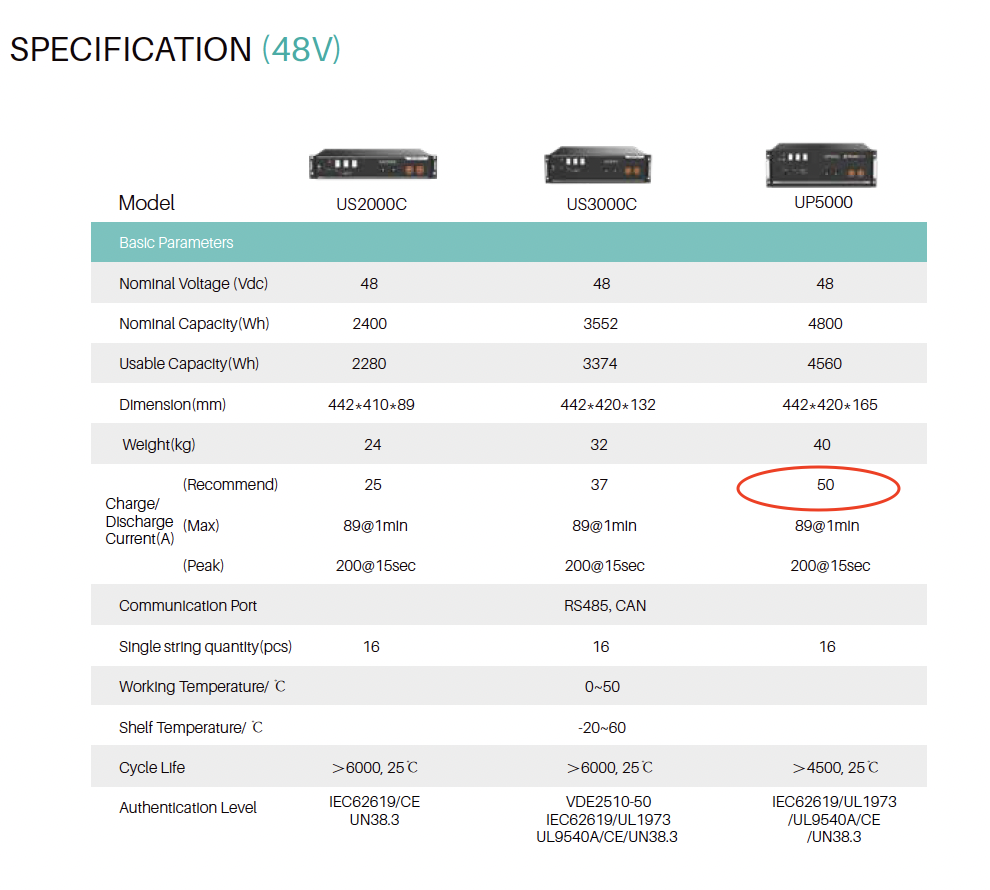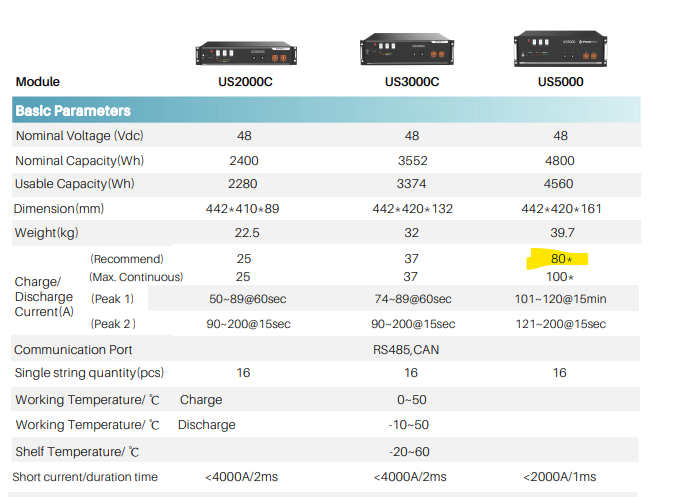Hi all
Just looking at getting my ESS project underway and obviously want to get started asap. Just a quick question. The recommended battery for the 48/5000 is 200 to 800 amp. I believe the US5000 is only 100amp but it does meet the requirement for surge current when starting up. Therefore, is it ok to or did anyone else start with just 1 * US5000 on this inverter and build the system up by adding another battery approx. 3 months later. Solar generation is going to reduce in the UK shortly so the single 4.8kw battery would be enough for take the excess solar until the spring
Thanks
Simon



